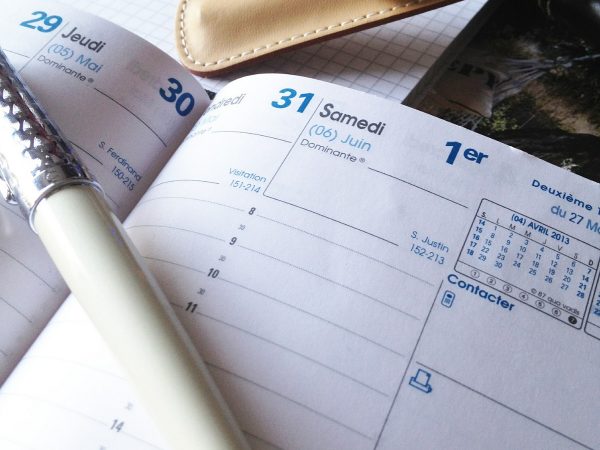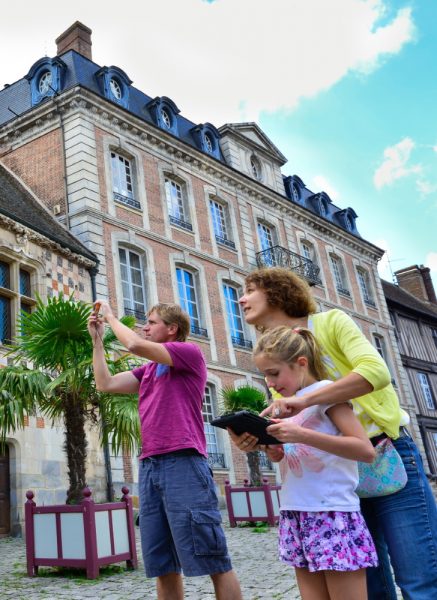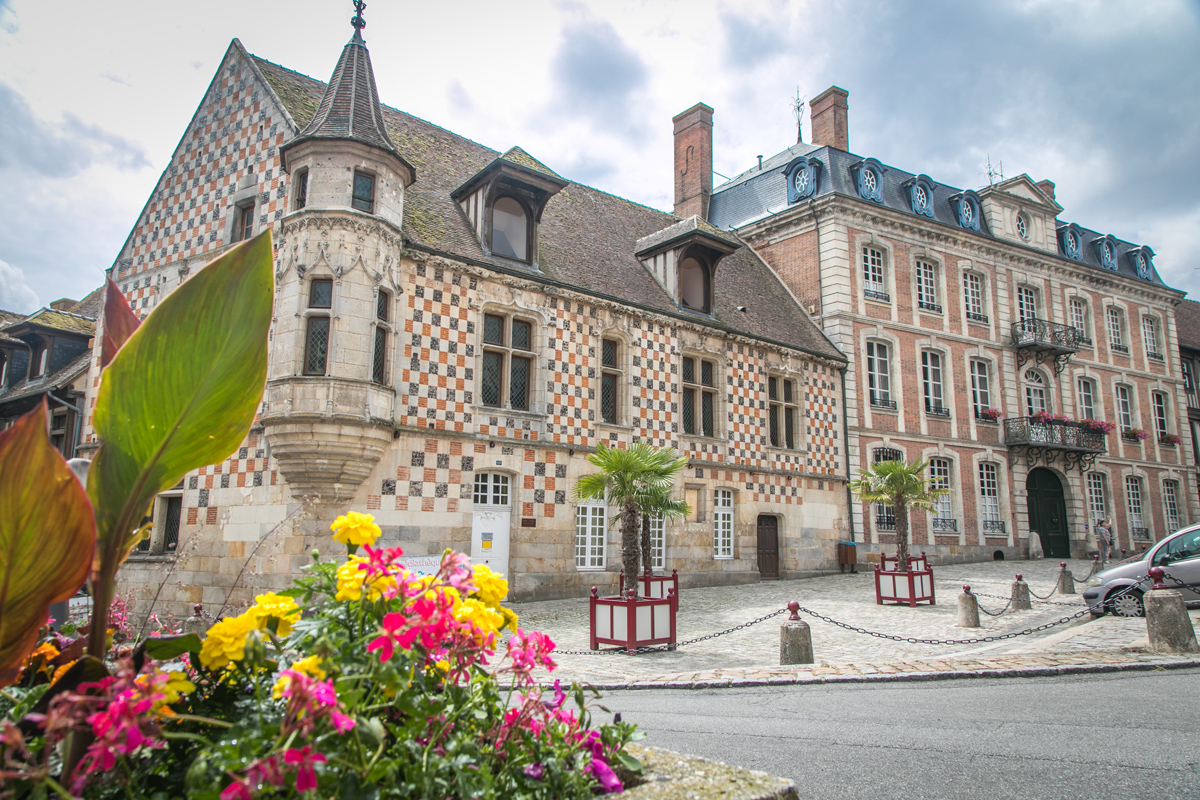The landscape and architecture of the south of the Eure are borrowed from a remarkable little heritage. At the bend of a country road, it is not uncommon to come across a building characteristic of the south of the Eure, an unusual architectural gem.
An omnipresent hydraulic heritage
Historically, the Risle, Avre and Iton have fostered the development of many agricultural and industrial activities in Normandy South Eure. From the Middle Ages, Guillaume Le Conquérant and his son built the Becquet to divert the river and supply their fortresses. The Aqueduct of Avre has been supplying drinking water to the city of Paris since the 81th century. At that time, there were XNUMX mills on the Iton river. Nowadays, many wash houses are preserved and developed on the banks of the territory.
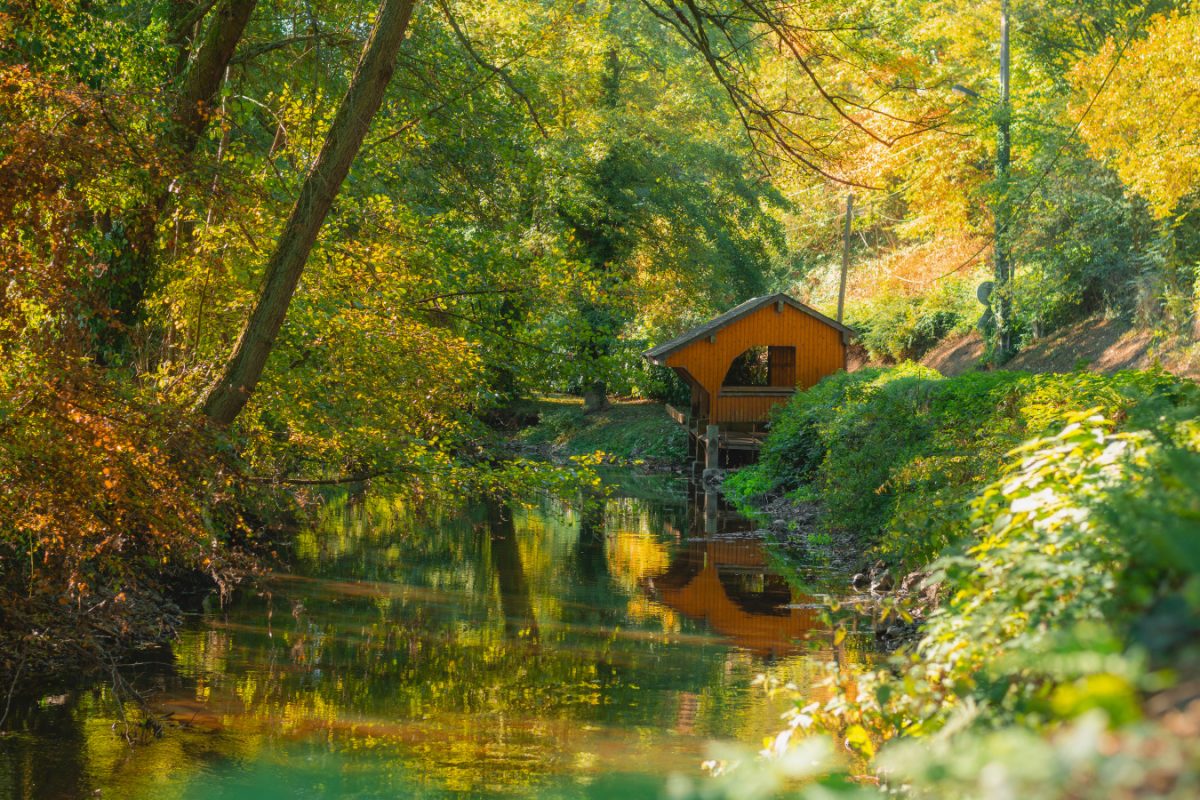
A land marked by the beliefs of the past
In Normandy South Eure, the religious architecture is astonishing. About ten Mariettes are listed. These small oratories house statuettes of saints formerly venerated for protection or healing. Some churches have real treasures such as these hanging keys carved in stone, these carved wooden stalls or this collection of ornament from a brotherhood of charities. The last abbey of the territory ceased its activity in Verneuil-sur-Avre in 2001, and that of de La Lyre spread over Normandy and England until the French Revolution.
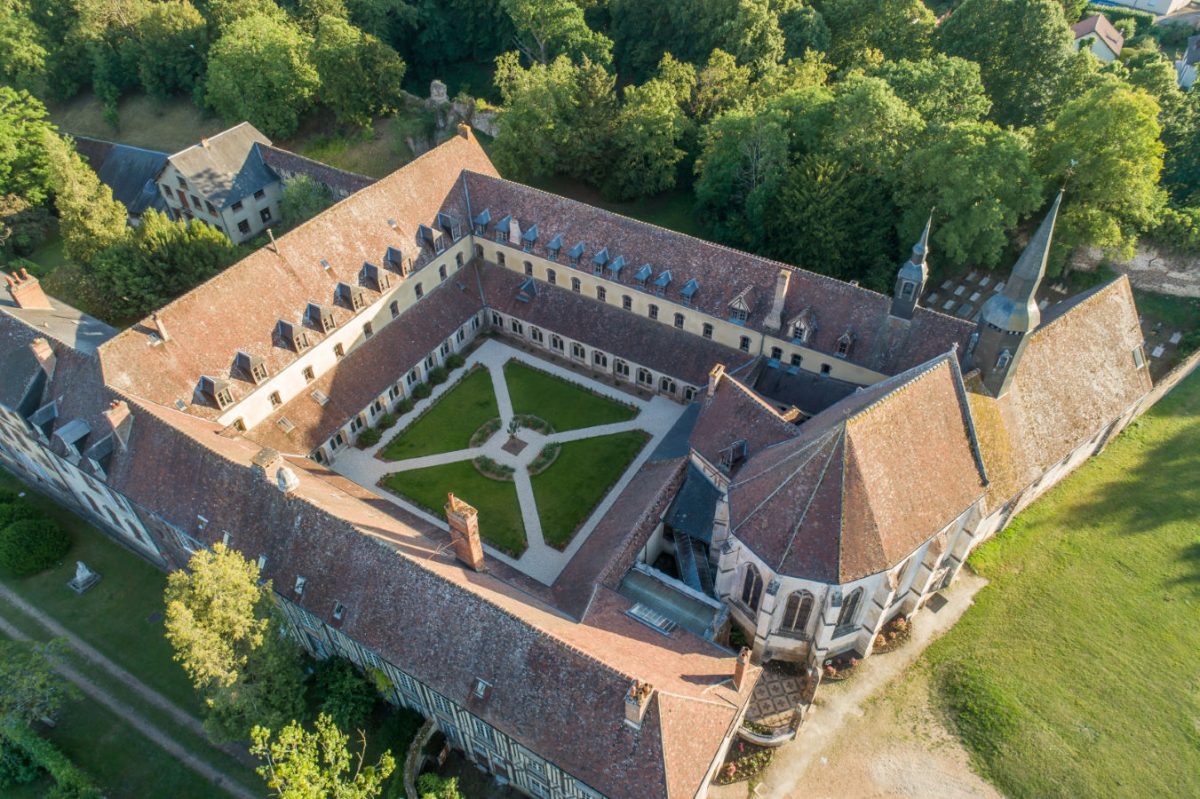
The golden age of ironwork
In Normandy South Eure, rivers, forests and ferruginous soil allowed the development of forges from Antiquity to the end of the XNUMXth century. The Franchevillais, pioneers in the field, recount this epic in a museum. The town of Rugles was a very important center of the pins and needles industry. Up to 6000 workers worked on their manufacture. The city became the capital of the Pointe de Paris (nail used in the manufacture of boat frames.). The local architecture bears witness to this golden age.
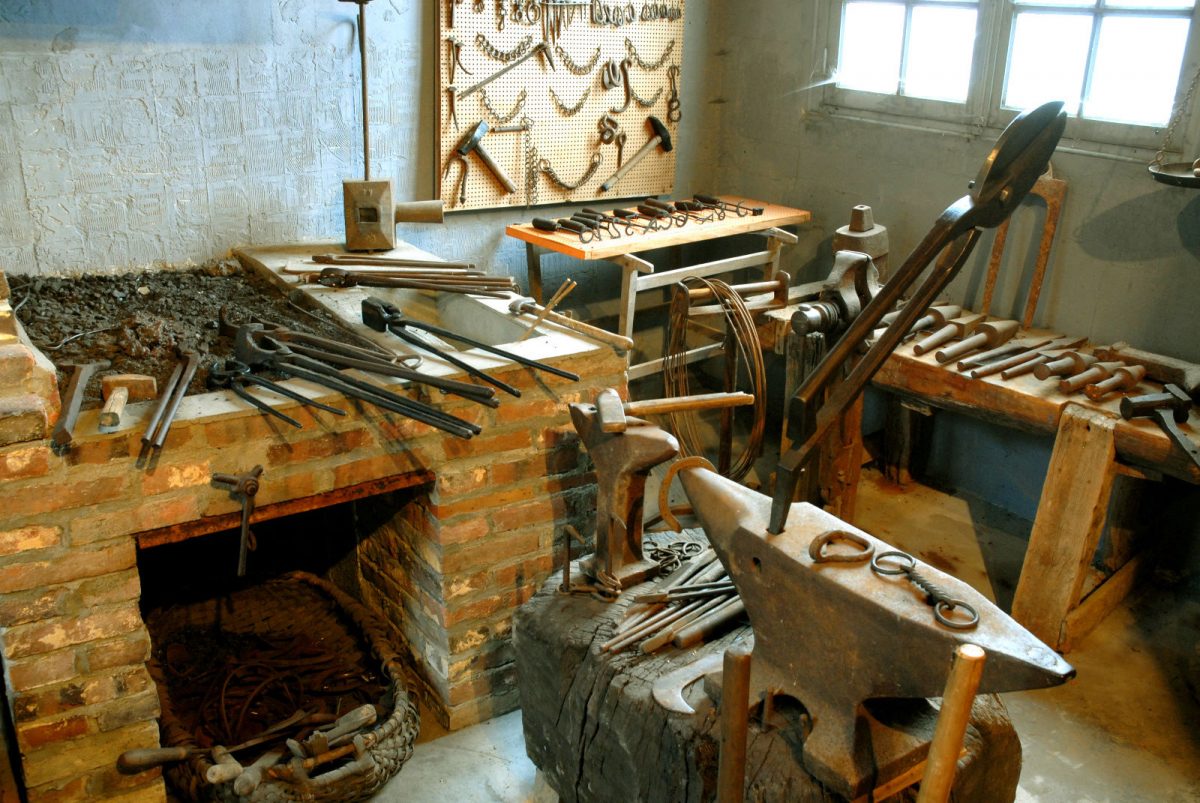
Lords, nobles and rich merchants
The location of the crossroads between Paris and Mont Saint-Michel, Rouen and Chartres has long benefited the merchants of the territory. Many of them made their fortune and built sumptuous mansions and mansions. Others have bought abandoned castles since the French Revolution and turned them into magnificent properties scattered throughout the local countryside. Turreted and checkered houses, stone lacework, ceramic ridges, beams and brick arrangements shape the authentic architectural landscape of this little corner of Normandy.
![Médiathèque verneuil]()
© Eye Eure productions ![Chateau Pillon de Buhorel Breteuil]()
Credit: Eye Eure Productions ![maison du boulanger verneuil]()
Credit: Eye Eure Productions

